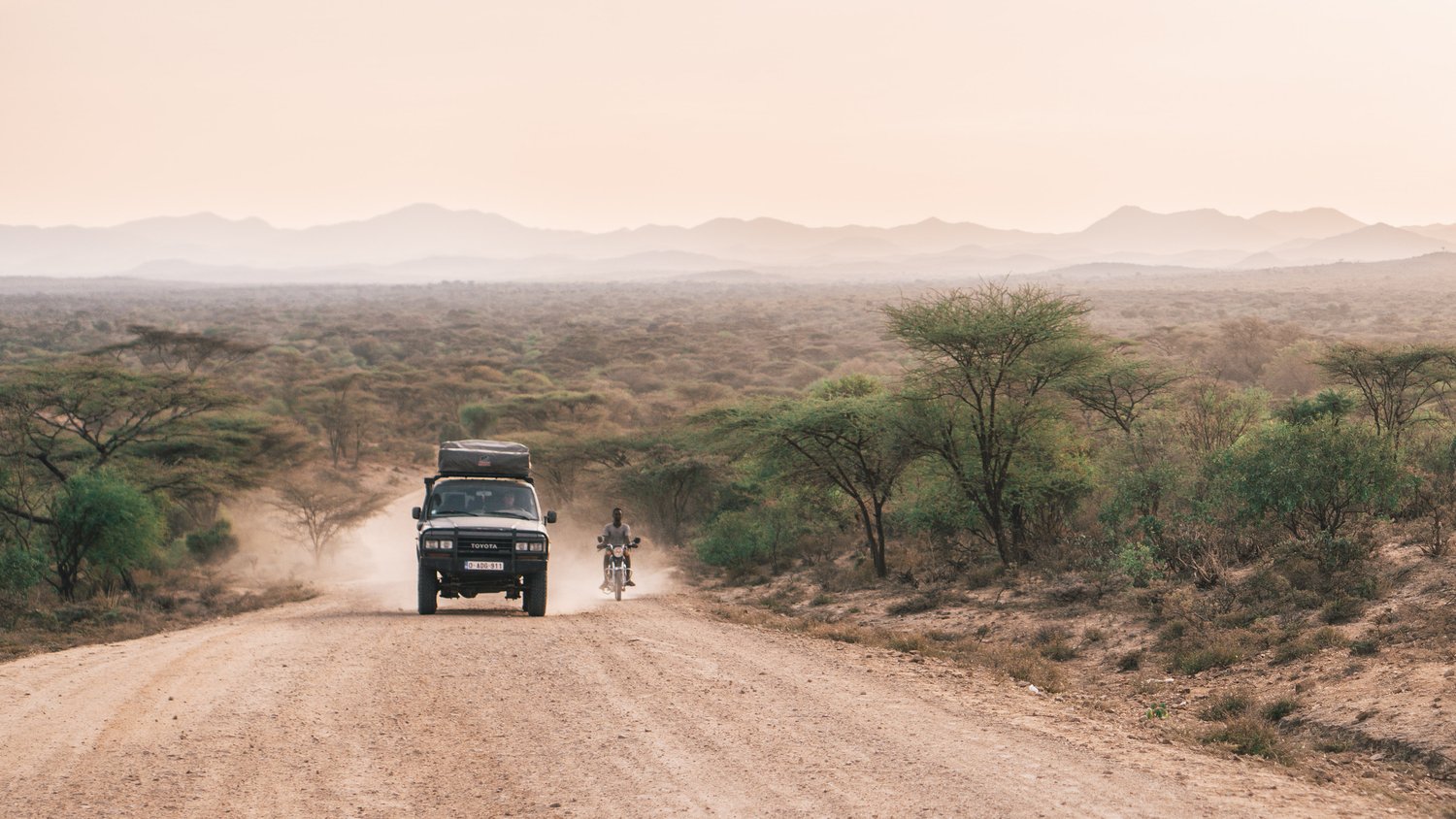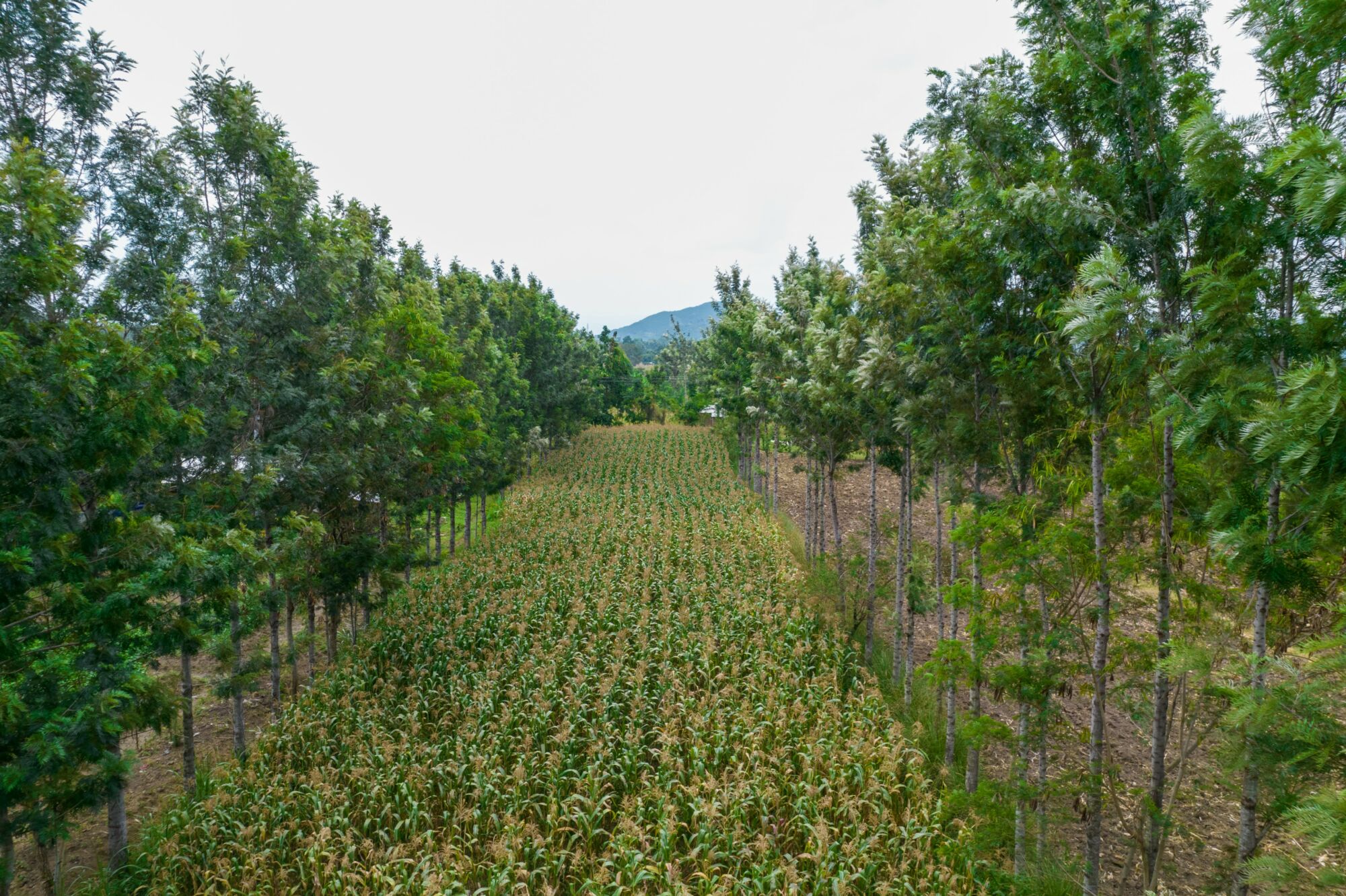- CO2 has a warming effect, and when the carbon sinks are destroyed, the carbon dioxide released in large amounts causes global warming.
The Amazon forest, the largest rainforest on the planet and a stabilizer of the global environment is disintegrating and contributing to climate change –it is now a source of carbon dioxide.
According to a study by NPR, humans are making the sanctuary unable to sustain the global climate, and as a result, it is now emitting more CO2 than it is absorbing.
The Amazon is located in South America, and covers 9 countries including Brazil (60 per cent), Bolivia, Colombia, Ecuador, Guyana, Peru, Suriname, Venezuela and French Guiana, an overseas territory of France.
For generations, it has been making its weather, generating some of its rainfall, which in turn keeps itself cool. It has also been stabilizing regional temperatures.
It houses 16,000 tree species, spanning over two million square miles, making it a natural climate protector.
Read More
Half of Amazon’s carbon stored is in the soil. The other half is in the trees. Therefore, when humans cut these trees, they reduce the amount of carbon dioxide trees can absorb, releasing a vast amount of carbon into the atmosphere. The carbon in the Amazon trees contains about 20 per cent of all the carbon captured by vegetation across the planet.
CO2 has a warming effect, and when the carbon sinks are destroyed, the carbon dioxide released in large amounts causes global warming.
Burning forests to clear land for farming leaves permanent damage to the soil and the trees alike. Trees left unburned but cut decompose, also releasing their carbon. Fires also send up plumes of soot that screen sunlight and add to warming.
Humans practice deforestation for various reasons, one of which is to make room for crops and livestock. Of the 17% of forest reduction that occurred over the last 50 years, about 14% of that loss has gone to the agricultural industry, which has burned the land.
Research indicates that burning land can pose dangers for the climate, even decades after those fires occur. Past fires and other factors like logging can also degrade nearby previously untouched areas and make those areas more susceptible to burning, according to the study.
With the global temperatures affecting the Amazon, the changes may impact the ability of other tropical forests to do the same.

(1)-1737444883.jpg)





